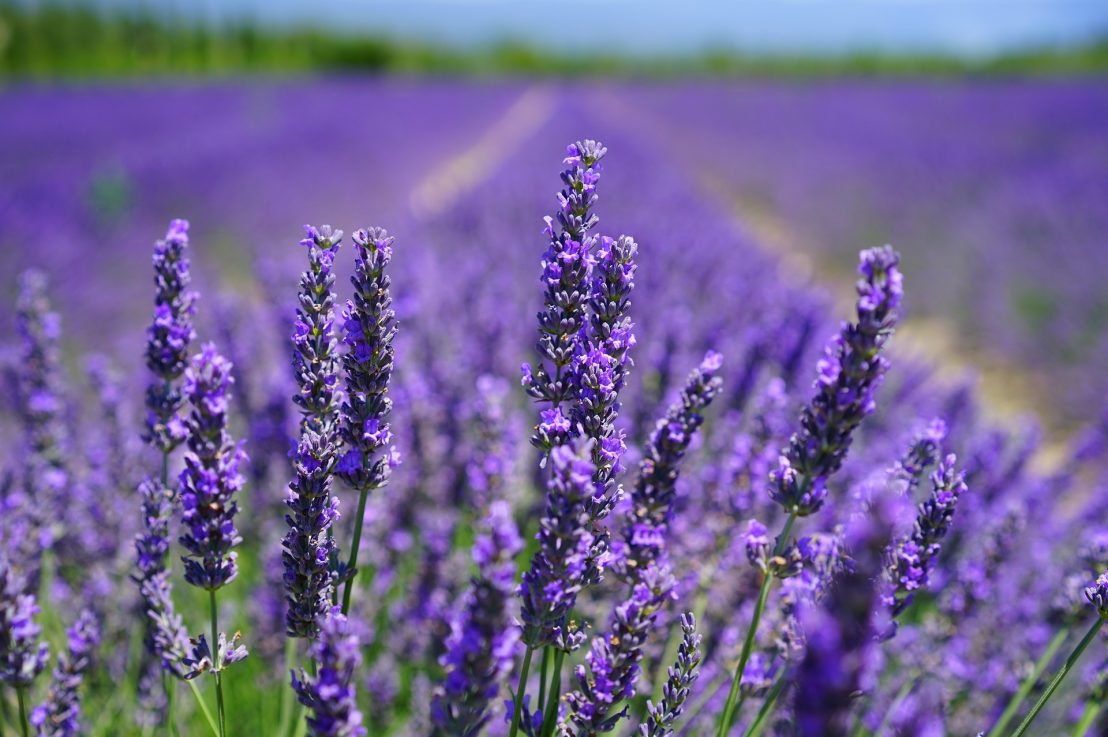
Lavender Herb
As one of the most loved aromatic herbs, lavender has been cultivated and used throughout the centuries. In ancient times, the Egyptians used lavender in incense and perfume and it was even used in the mummification process. The Arabs, Greeks and Romans used lavender as an offering to their gods.
Don’t you just love lavender, “the Queen of Herbs”? If so, you’re not alone, as lavender has become a very popular aromatic herb. In fact, 1999, was declared the “Year of Lavender!”
Because of its tendency to render a lovely, high-quality essential oil; true lavender is considered to be the most effective of these aromatic herbs. Lavender is found growing at altitudes of 6,000 feet in the French and Mediterranean Alps.
Common Uses Of Lavender
Lavender has also been used to prevent some childhood infections and to soothe temper tantrums in children.
As an essential oil in today’s society, lavender is used, both internally and topically, for a number of conditions:
- Aromatic (a most popular fragrance)
- carminative (to relieve flatulence)
- expectorant
- antibacterial
- stimulant
- antiseptic
- nervine (to calm the nerves)
- cosmetic
- antispasmodic.
As a germicidal agent, lavender oil is non-toxic. It contains linalool and linalool acetate which play important roles in the healing process.
The most common uses of lavender are to:
- treat burns (from minor to scalding),
- acne,
- headaches,
- grazes,
- cuts,
- inflammation,
- dermatitis,
- arthritis
- migraines,
- boils,
- fainting,
- eczema,
- nausea,
- insomnia,
- bacterial infections,
-
and rheumatism.
Calming Effect Of Lavender
When you breathe in the lovely perfume of lavender, both humans and animals experience a sedative effect that is similar to the calming effect of geranium and peppermint. This is probably the reason why these aromatic herbs are favored for various uses like treating depression, sleep disorders, and premenstrual syndrome.
Lavender is used for external purposes in beauty and bath products and is often available in gift baskets. Lavender is a wonderful gift for any occasion and is sure to be appreciated by all. In addition to its use in aromatherapy products and treatments, lavender may be used to specifically treat depression.

Gifts Of Lavender
Lavender is a popular gift. Most of the aromatherapy gifts are made with essential oil and dried lavender buds. Luxurious bar soap, bath bomb fizzers, hand and body lotions, bath crystals, bath oil beads, closet or drawer sachets, sleep pillows and soothing herbal sea salts. Beauty products that contain lavender can range from body sprays and hair care products to a variety of skin care products. The products are used to create a sense of peace and to promote relaxation.
Cooking With Lavender
Lavender is an amazingly versatile herb that is also used in cooking – not only at home but also in many upscale restaurants. It is a member of the mint family. Lavender flowers are wonderful flavor enhancers that can also be used as a garnish to make food look good. Lavender flowers and leaves can be used freshly cut, or the buds and stems can be dried before use.
It is best to use lavender with other herbs, like fennel, oregano, and savory, and it can also be used with its other mint cousins (rosemary, sage, and thyme).
Lavender has an extremely powerful aroma, so it should be used sparingly or the recipe will taste bitter, and it will taste like perfume! The next time you’re cooking up a storm, add a sprig of lavender to the pot and enjoy the different taste!
Lavender Trivia
Did you know that lavender is also used in home cleaning products? Throughout history, lavender has been used in the homes of many historical figures. Queen Victoria insisted that her furniture and floors be cleaned with lavender to freshen up the rooms in her castle. Queen Elizabeth I of England enjoyed drinking lavender tea as a way to relieve her migraines and other maladies. During World War I, nurses treated injured soldiers by washing their wounds with an antiseptic wash that contained lavender.